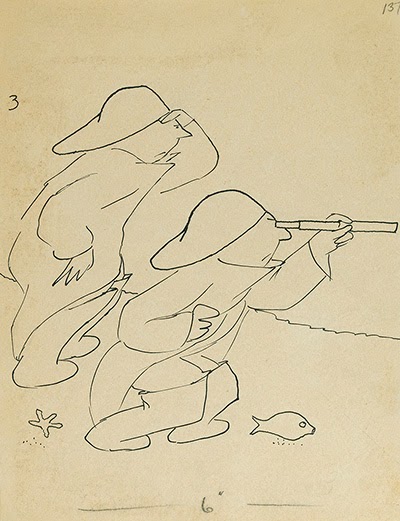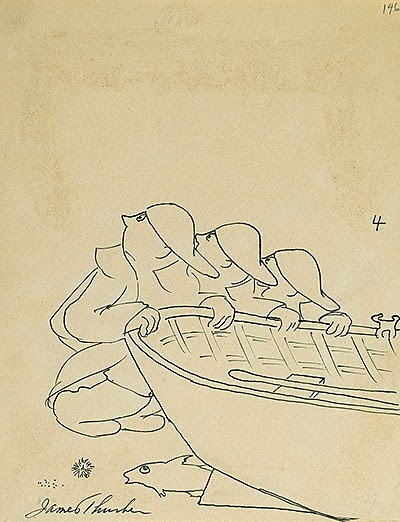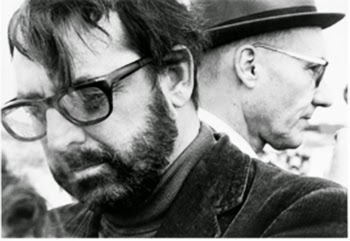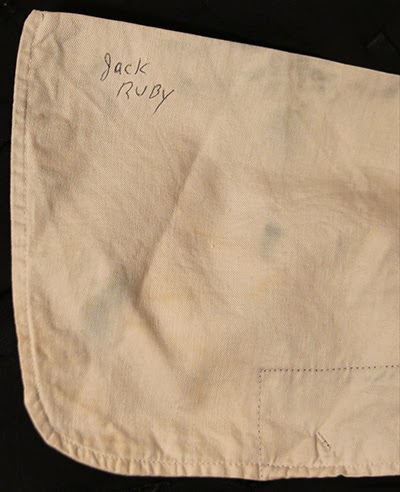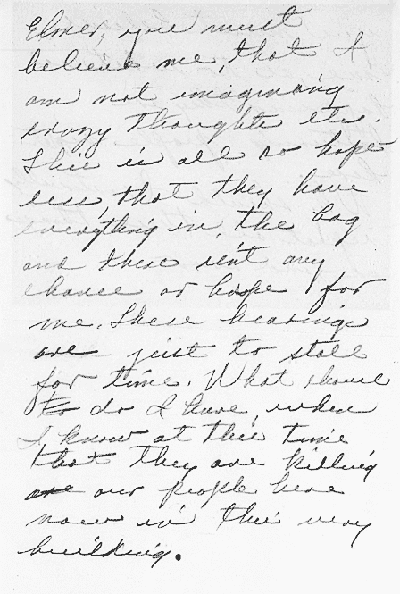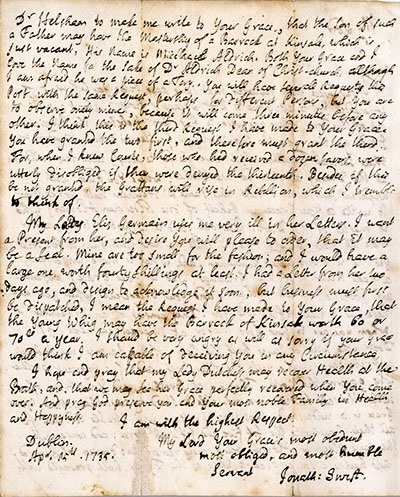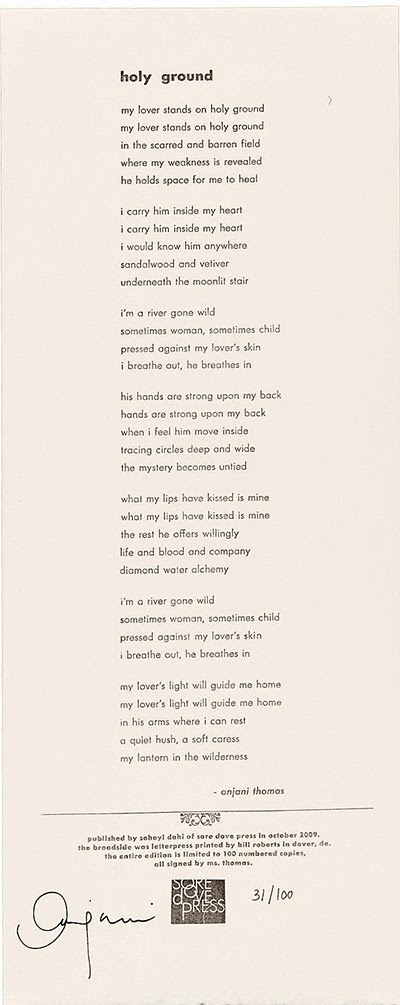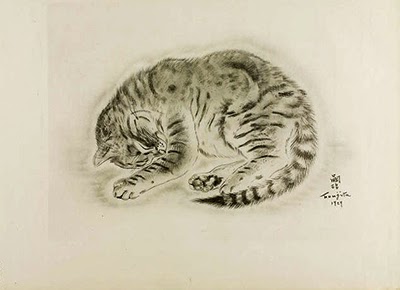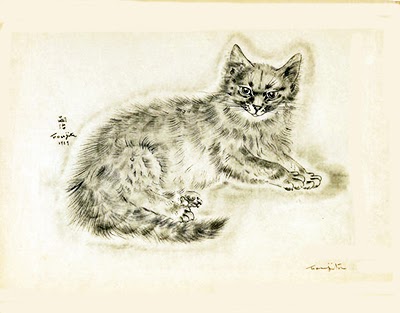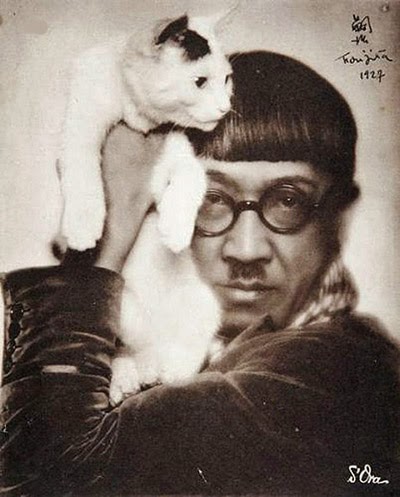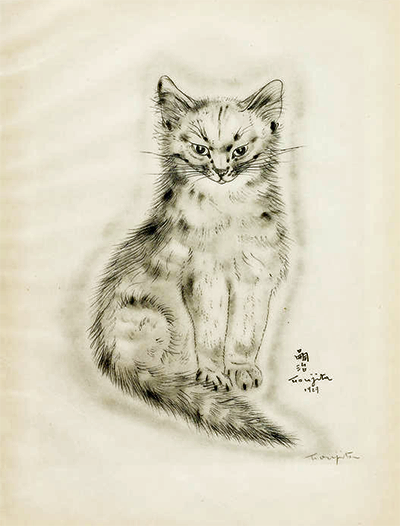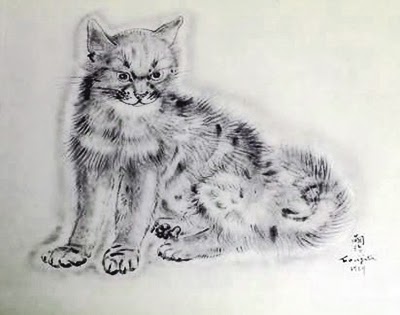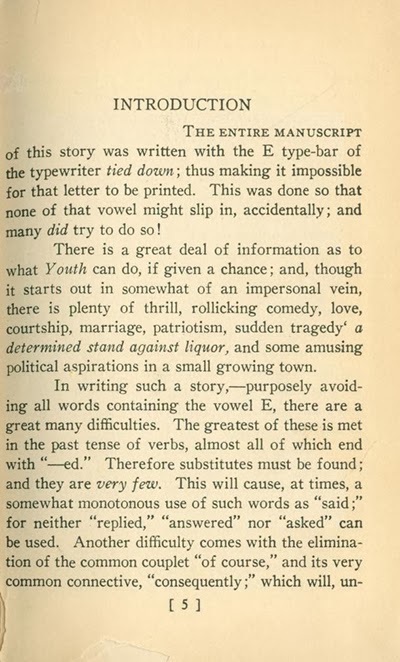by Stephen J. Gertz
Every now and then an individual comes along who reads with such élan that books stage a 21-page salute and bow in appreciation. That is not the case, alas, with Read Hard With a Vengeance aka Dr. Milton Fernstipple, D.D.S., an orthodontist in Forest Hills, NY who books want to fire a 21-gun salute in his direction with live ammunition.
I am one of those books. I can't speak for all books but I, for one, am weary of readers who read the way they want to instead of how I want them to read me, which is compulsively with insatiable desire but above all with poise and graceful deportment from beginning to end. So it's great news that I can now get the skinny on the people who read me. Finally, for the first time in history, books can review readers.
For the past six days I have endured the eyeballs of Dr. Fernstipple, who downloaded me at 1:03:12 AM, December 14th. At 1:05:02 AM he began to read me. At 1:06:52 AM he stopped. At 1:09:36 AM he started again. At 1:17:09 AM he skipped to the end. At 1:19:03 AM he went back to the beginning. From 1:21 AM through 1:47 AM he hopscotched through the middle.
His reading's a muddle. He's got ants in Broca's pants. He reads in spasms. Great, a reader with hiccups. And what's this? At 1:49:32 AM I saw him through the camera and he was moving his lips. If he drools on my touch-screen it's over. I want to know where he's reading me and GPS would be a big help. Is he collapsed in the La-Z-Boy® or ensconced upon the philosopher's perch in the can? This is potential gold to my guy, who can set a key scene in his next novel in the most popular place to read, according to the data, and thus draw readers further into his sordid world of pandering and intrigue. And just wait 'til you read the book.
About that lingering thumb caressing the third paragraph on page forty-seven at 2:01:21 through 2:01:57 AM, December 14 and multiple times thereafter on the 15th, 16th, 17th, 18th, and 19th. I don't know whether Fernstipple was compulsively attempting to swipe the page or engaged in eFrottage. Either way, it's creeping me out. I suggest an add-on to administer an electric shock when readers try to cop a cheap feel. Consider it aversion therapy, like a bookshop hawking How To Poo at Work on a point-of-purchase display. This may affect sales but readers must know that they are being monitored and that boundaries must be set. On readers, of course, not the monitoring.
I gotta tell you, when Fernstipple glossed over pages 134-149 my heart fell on its face. This is my favorite part of me, the part that one reviewer thought, "…bravura prose limning a bizarre flight of imagination so critical to the story that without it the book might just as well have never been written. Look out Danielle Steele!"
Chapter Eight was, evidently, a waste of Fernstipple's time. Though it provided a fascinating backstory to Raoul, the dashing roué from Rahway, New Jersey, the reason, really, that he shot his sister's lover from Barcelona in the backside while she was homeschooling the product of their incest in the tool shed in the backyard along the condemned property's easement on the nuances of Esperanto, it, apparently, was not fascinating enough, and Fernstipple went through it like the flu tours the alimentary canal, which is to say irritable, agitated and anxious to evacuate one way or another.
I like to think of myself as the book equivalent of easy listening music, predictable and consonant with schmaltzy, cascading strings when the turgid hits the tarmac. Mantovani is my muse; I am the Muzak of novels. Thanks to eReader data I can be read in an elevator, and - going up! - become a best-seller. Fernstipple, unfortunately, is the John Cage of readers, perusing text by chance yet with no help from the I Ching whatsoever. Give this guy a blank book and let him read it with ambient thoughts, 4'33''-ish; I've had it with him. But much as I prefer my readers docile and submissive, I also like them active every now and then, rolling my language on their mental tongues with rapid pulse and raised blood pressure. Note to developers: sensors for vital stats, please, biofeedback for books and their authors who want to know exactly what a reader is experiencing while swallowing text, the better to help the medicine go down.
I was talking to Moby Dick the other day, strictly entré-nous digital to analogue, and couldn't help but express sympathy for the way things used to be: just you and the reader, isolated, all alone, so lonely in solitude, no one to watch over your oh so private and intimate pas de deux and report back to the authorities. I'm suicidal just thinking about it.
He looked at me like I was a cyberspace-case. I've never understood print media, particularly the great white whale on great white paper and I guess I never will. If only Melville had eReader data Moby could have been the great white best-seller. Let's face it: who needs all the metaphysical stuff? It slows the action to a crawl and the recreational reader sleeps in Davy Jones' locker along with the Pequod, Queequeg and crew.
Meanwhile, Fernstipple has turned me on again and oh how I wish that were a double-entendre instead of an invitation to annoyance. If he reads the third paragraph on page forty-seven one more time (count: 53; if you want I can break that down by hour, minute, second, you name it), I'm self-deleting. I can only take so much. Here's hoping you feel the same way, dear author of digital me. Based on his reading behavior don't bother catering to this fiend; it's hopeless. Fernstipple spells loser in binary code: a long string of zeroes and no one.
Full review of Ms. Ivy Drippe, a housewife from Dead Women Crossing, Oklahoma with a shih-tzu named Trudi, a husband named trouble, and a desperate addiction to popular-fiction, to follow. She's my kind of gal, one I can really wrap my text around. Once she starts reading, look out, there's no stopping her.![]()
 |
| Beware of the Tattling Tome. |
How long does it take for someone to complete a book? When reading steamy erotica, are you lingering over the sex scenes? Do readers ever finish the books they start, or skip right to the end? New startups are seeking to address these questions with new software and they intend on opening it up to writers, indie authors and publishers. New startups...are selling critical user data to companies about their subscribers, who access a copious amount of titles for a low monthly fee (New Startups Focus on Tracking eBook Reading Data).
Every now and then an individual comes along who reads with such élan that books stage a 21-page salute and bow in appreciation. That is not the case, alas, with Read Hard With a Vengeance aka Dr. Milton Fernstipple, D.D.S., an orthodontist in Forest Hills, NY who books want to fire a 21-gun salute in his direction with live ammunition.
I am one of those books. I can't speak for all books but I, for one, am weary of readers who read the way they want to instead of how I want them to read me, which is compulsively with insatiable desire but above all with poise and graceful deportment from beginning to end. So it's great news that I can now get the skinny on the people who read me. Finally, for the first time in history, books can review readers.
For the past six days I have endured the eyeballs of Dr. Fernstipple, who downloaded me at 1:03:12 AM, December 14th. At 1:05:02 AM he began to read me. At 1:06:52 AM he stopped. At 1:09:36 AM he started again. At 1:17:09 AM he skipped to the end. At 1:19:03 AM he went back to the beginning. From 1:21 AM through 1:47 AM he hopscotched through the middle.
His reading's a muddle. He's got ants in Broca's pants. He reads in spasms. Great, a reader with hiccups. And what's this? At 1:49:32 AM I saw him through the camera and he was moving his lips. If he drools on my touch-screen it's over. I want to know where he's reading me and GPS would be a big help. Is he collapsed in the La-Z-Boy® or ensconced upon the philosopher's perch in the can? This is potential gold to my guy, who can set a key scene in his next novel in the most popular place to read, according to the data, and thus draw readers further into his sordid world of pandering and intrigue. And just wait 'til you read the book.
About that lingering thumb caressing the third paragraph on page forty-seven at 2:01:21 through 2:01:57 AM, December 14 and multiple times thereafter on the 15th, 16th, 17th, 18th, and 19th. I don't know whether Fernstipple was compulsively attempting to swipe the page or engaged in eFrottage. Either way, it's creeping me out. I suggest an add-on to administer an electric shock when readers try to cop a cheap feel. Consider it aversion therapy, like a bookshop hawking How To Poo at Work on a point-of-purchase display. This may affect sales but readers must know that they are being monitored and that boundaries must be set. On readers, of course, not the monitoring.
I gotta tell you, when Fernstipple glossed over pages 134-149 my heart fell on its face. This is my favorite part of me, the part that one reviewer thought, "…bravura prose limning a bizarre flight of imagination so critical to the story that without it the book might just as well have never been written. Look out Danielle Steele!"
Chapter Eight was, evidently, a waste of Fernstipple's time. Though it provided a fascinating backstory to Raoul, the dashing roué from Rahway, New Jersey, the reason, really, that he shot his sister's lover from Barcelona in the backside while she was homeschooling the product of their incest in the tool shed in the backyard along the condemned property's easement on the nuances of Esperanto, it, apparently, was not fascinating enough, and Fernstipple went through it like the flu tours the alimentary canal, which is to say irritable, agitated and anxious to evacuate one way or another.
I like to think of myself as the book equivalent of easy listening music, predictable and consonant with schmaltzy, cascading strings when the turgid hits the tarmac. Mantovani is my muse; I am the Muzak of novels. Thanks to eReader data I can be read in an elevator, and - going up! - become a best-seller. Fernstipple, unfortunately, is the John Cage of readers, perusing text by chance yet with no help from the I Ching whatsoever. Give this guy a blank book and let him read it with ambient thoughts, 4'33''-ish; I've had it with him. But much as I prefer my readers docile and submissive, I also like them active every now and then, rolling my language on their mental tongues with rapid pulse and raised blood pressure. Note to developers: sensors for vital stats, please, biofeedback for books and their authors who want to know exactly what a reader is experiencing while swallowing text, the better to help the medicine go down.
I was talking to Moby Dick the other day, strictly entré-nous digital to analogue, and couldn't help but express sympathy for the way things used to be: just you and the reader, isolated, all alone, so lonely in solitude, no one to watch over your oh so private and intimate pas de deux and report back to the authorities. I'm suicidal just thinking about it.
He looked at me like I was a cyberspace-case. I've never understood print media, particularly the great white whale on great white paper and I guess I never will. If only Melville had eReader data Moby could have been the great white best-seller. Let's face it: who needs all the metaphysical stuff? It slows the action to a crawl and the recreational reader sleeps in Davy Jones' locker along with the Pequod, Queequeg and crew.
Meanwhile, Fernstipple has turned me on again and oh how I wish that were a double-entendre instead of an invitation to annoyance. If he reads the third paragraph on page forty-seven one more time (count: 53; if you want I can break that down by hour, minute, second, you name it), I'm self-deleting. I can only take so much. Here's hoping you feel the same way, dear author of digital me. Based on his reading behavior don't bother catering to this fiend; it's hopeless. Fernstipple spells loser in binary code: a long string of zeroes and no one.
Full review of Ms. Ivy Drippe, a housewife from Dead Women Crossing, Oklahoma with a shih-tzu named Trudi, a husband named trouble, and a desperate addiction to popular-fiction, to follow. She's my kind of gal, one I can really wrap my text around. Once she starts reading, look out, there's no stopping her.
__________
__________























